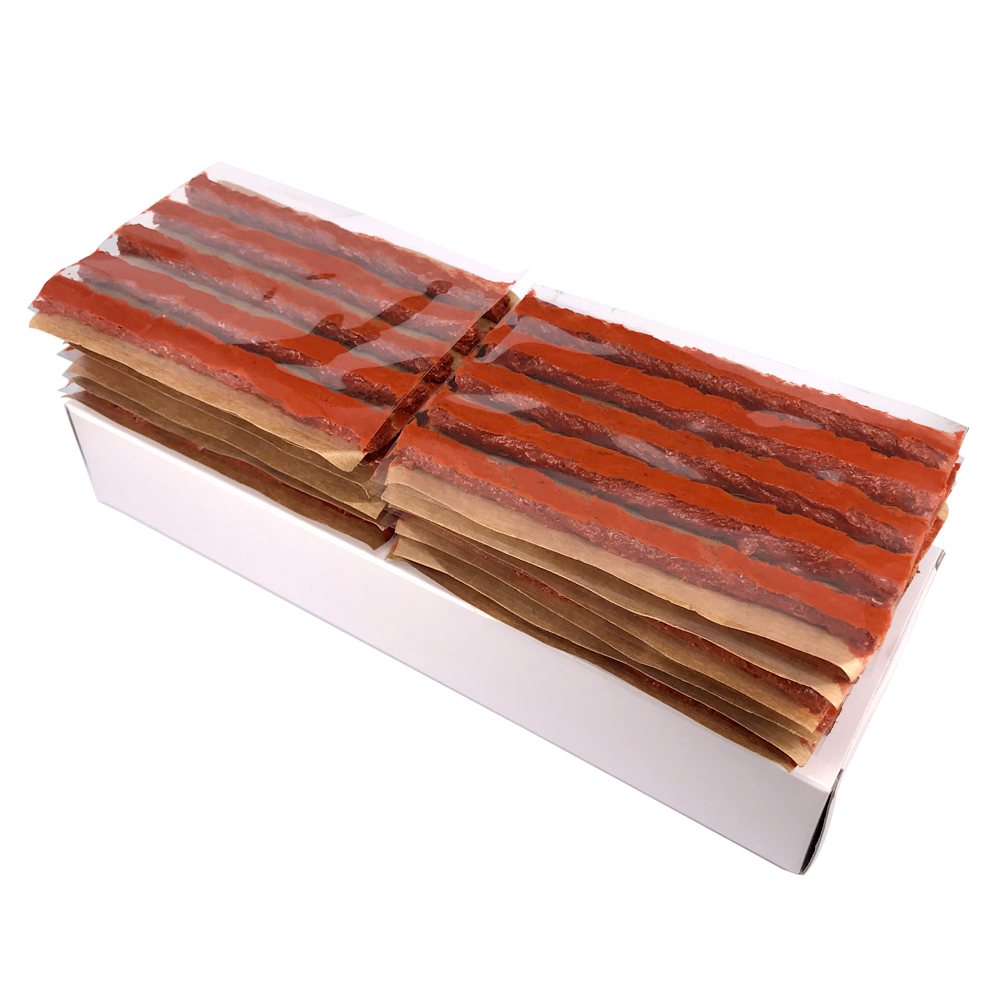Many manufacturers no longer supply cars with spare tires. You can often add a spare as an optional extra at the time of purchase, but this will invariably be a narrow space saver tire.
These are for emergency use only, and you should never exceed the speed limit recommended on the tire (usually 50mph). If no spare is fitted you're likely to find yourself with a tire repair kit situated in the trunk or under the seat.
This is likely to comprise of a can of tire sealant, a pair of gloves, and little else. Some of the more sophisticated kits incorporate a small 12 volt air compressor too.
The sealant is commonly a latex based formula that plugs the leak and and inflates the tire enough to enable you to get the car to a garage to have it repaired.
It's important to remember that this is meant to be a temporary emergency repair, and the car should be taken to have the tire repaired or replaced as soon as possible.Sealant vs spare wheel
So what's are the pros and cons of sealant? Well, changing a spare tire is not a straightforward task for someone not familiar with the process.
It involves jacking the car up, loosening potentially difficult bolts, lugging that big dirty wheel about, and it can take a good amount of time – exposing you to dangerous traffic if you're forced to change the wheel at the side of the road.
Sealant is much, much quicker and much easier to use, but it's not suitable for all punctures. Any holes or tears in the sidewall mean the tire can't be repaired or sealed. If the tire has been driven on for any length of time while flat it may be damaged beyond saving, and at the least it will have come off the bead.
If any of these things happen the car will be stuck and need to be towed, unless you have a spare tire. One other negative aspect is that using sealant can at times make the tire unrepairable, or the tire installer may charge extra to clean the sealant before being able to repair it. At least if you are using a factory sealing kit you can trust that it won't ruin the tire pressure monitor system.



